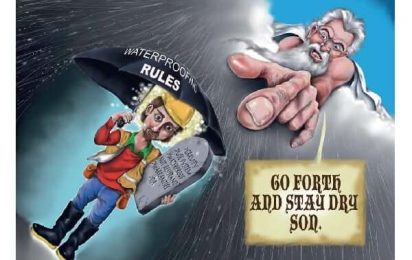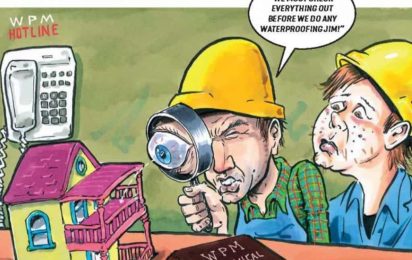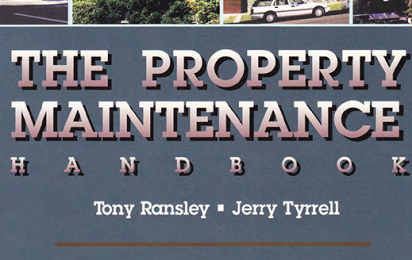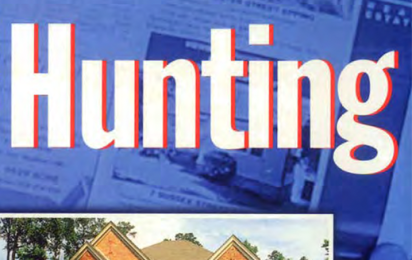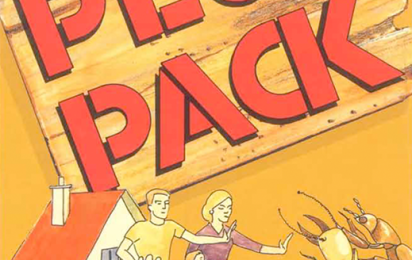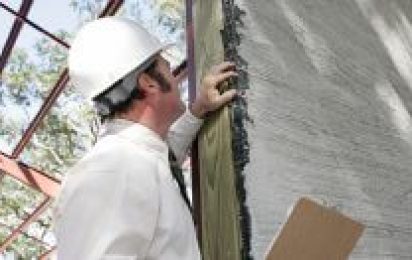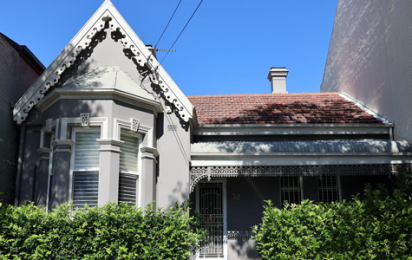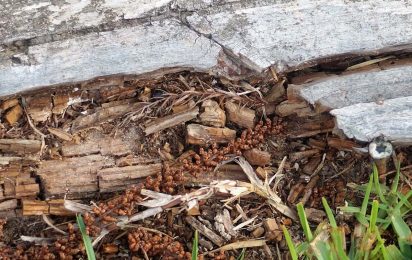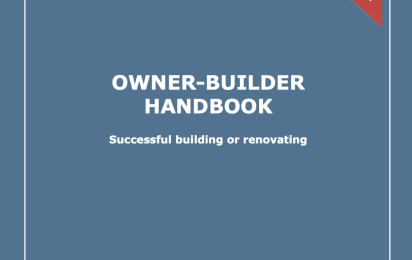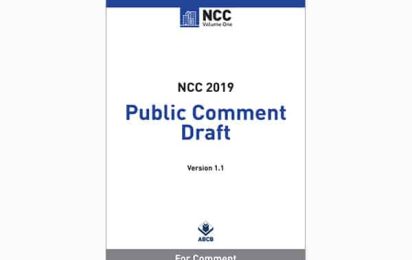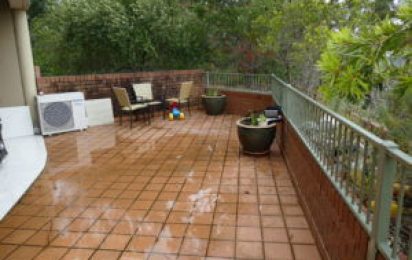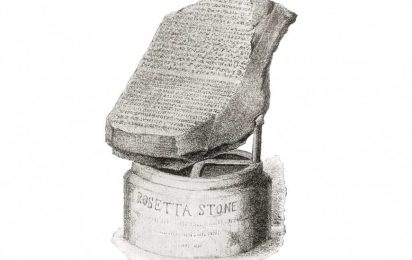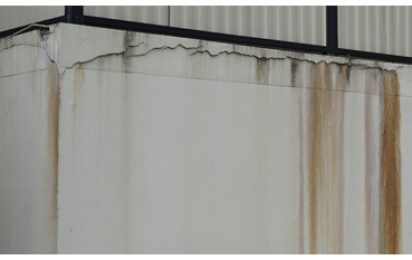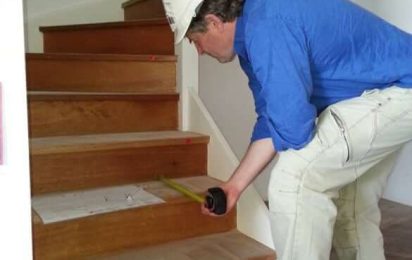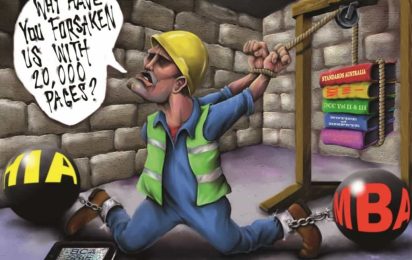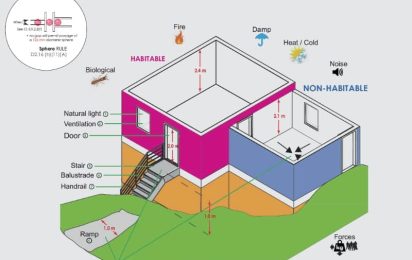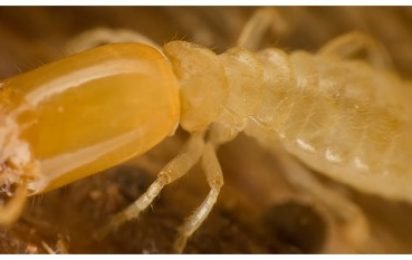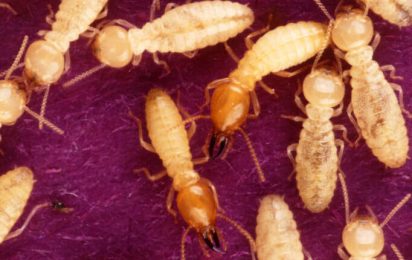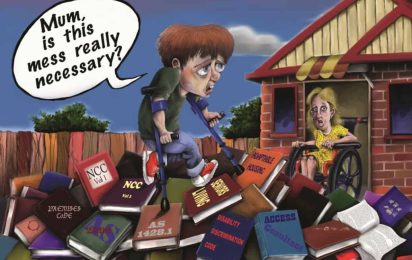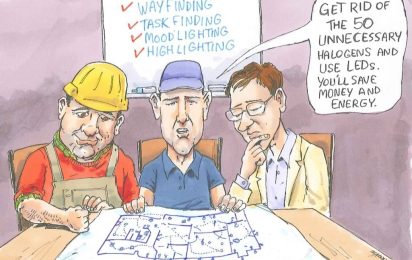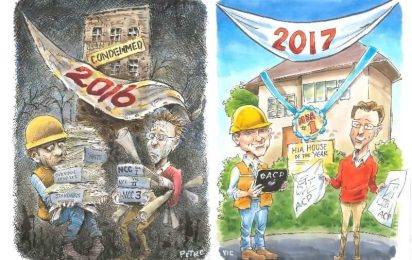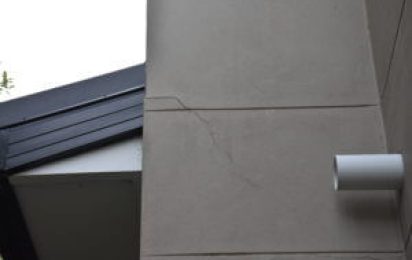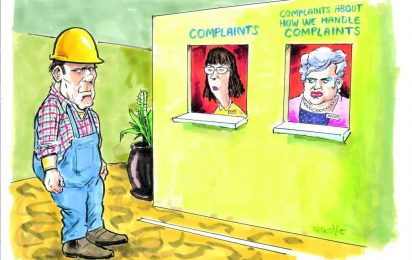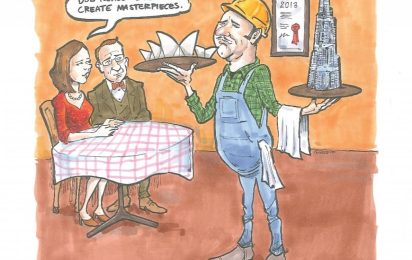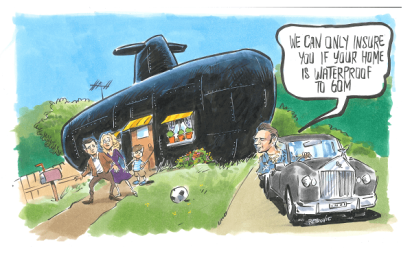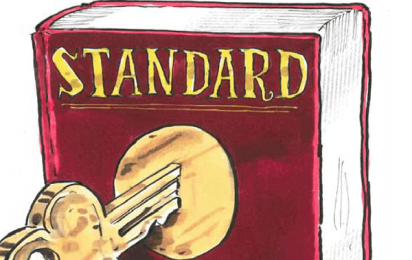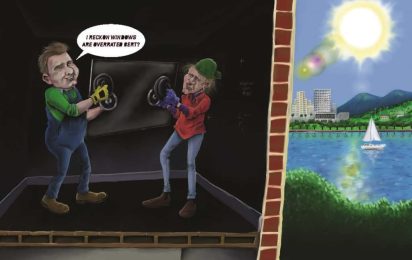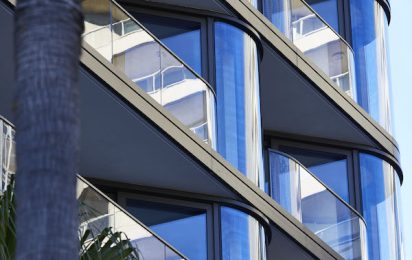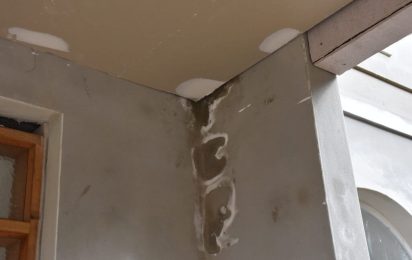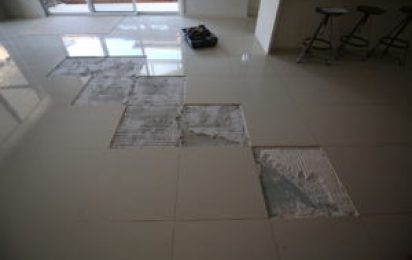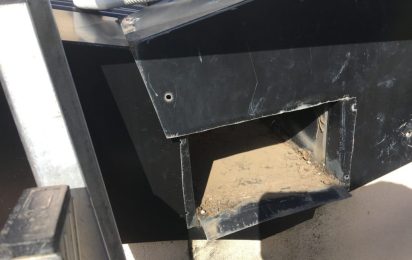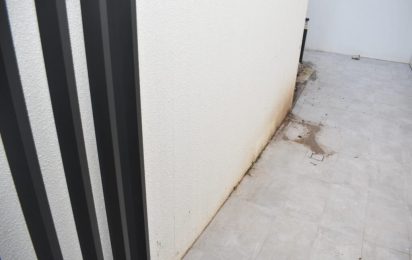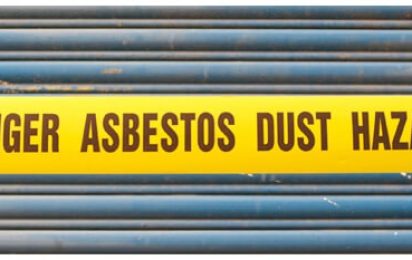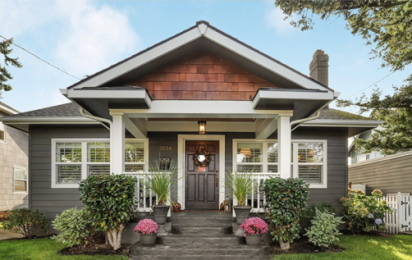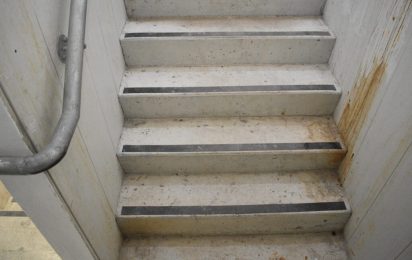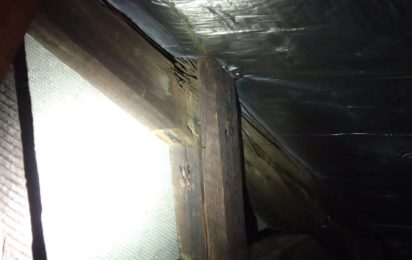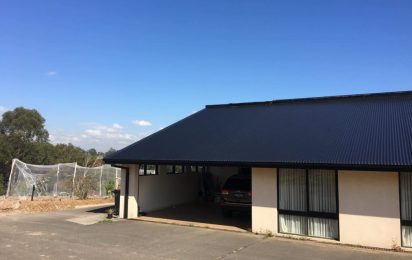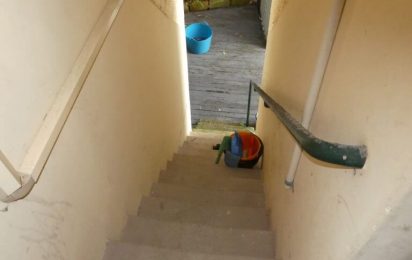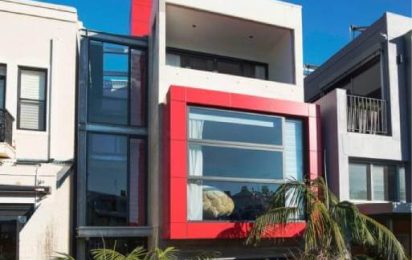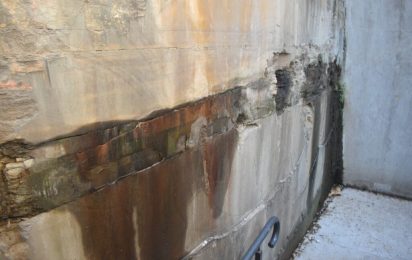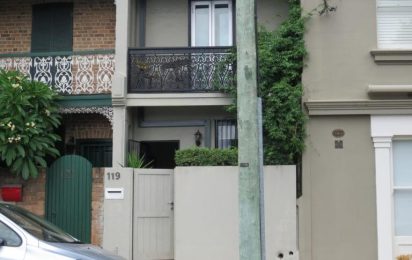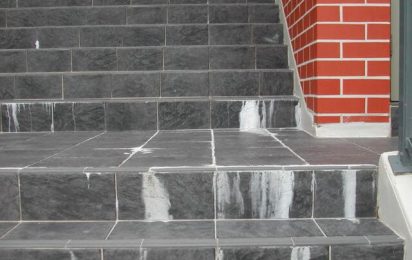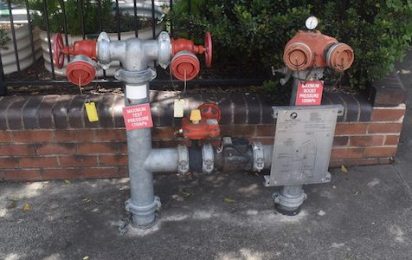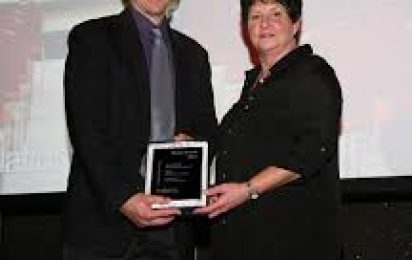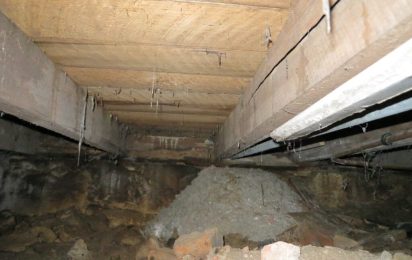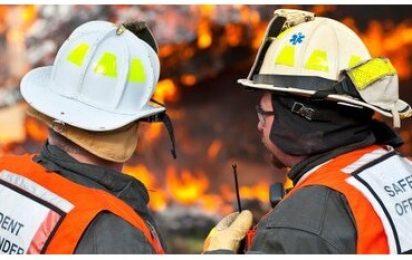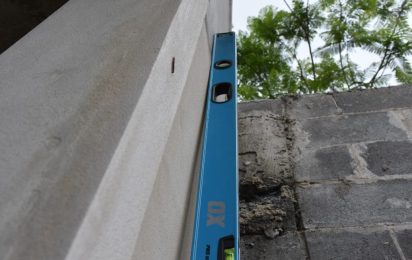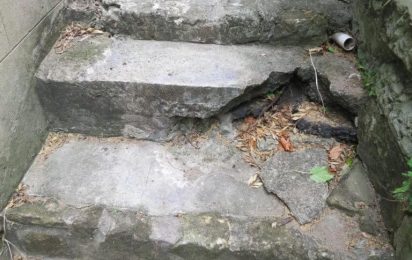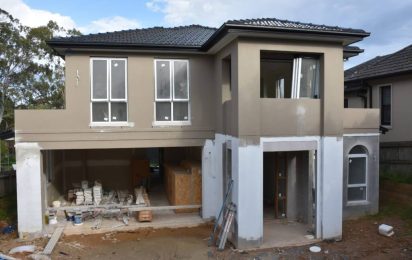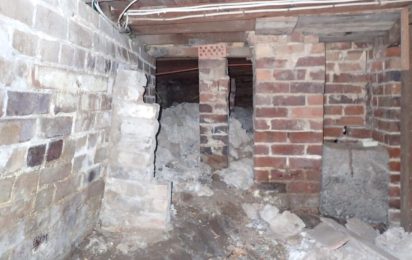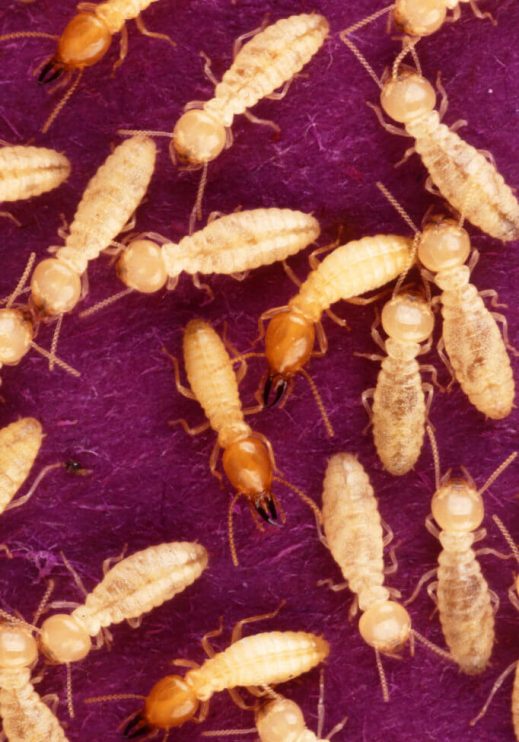
Reasons for using NSW’s only ISO accredited Building ConsultaTimber Pest Advice – A technical guidency
1. General recommendations
1.1 Regular inspection of all structural timbers
The Forestry Commission advises inspections at no more than 12 monthly intervals unless the type of construction is timber pest resistant. Australian Standard 4349.3 “Inspection of Buildings – Timber Pest Inspections” recommends annual timber pest inspections as a minimum. The Building Code of Australia and other Council regulations allow the use of untreated timbers for your building. These timbers can be extensively damaged by undetected timber pest damage. The Institute of Building Consultants rates type of construction based on the risk of timber pest attack and has designated the following categories:
| Category | Pest Inspection Required | Frequency of inspection |
| Resistant | No | Check joinery timbers annually |
| Low Risk | Yes | 12-24 monthly |
| Moderate Risk | Yes | 12 monthly |
| High Risk | Yes | Six monthly |
| Extreme Risk | Yes | Three monthly |
Frequency of 6 and 3 monthly inspections of properties should be reviewed after a period of no further infestation. A more frequent inspection may also be warranted (in interconnected terraces/buildings, for example, where disturbances in one property may divert termite activity to another).
1.2 Inspection access
Inspection access to all sub-floor and structural timbers is preferable. In some types of construction, access may be poor and difficult to achieve (in flat roofs, for example). However, in cases where access can be improved, such changes should be considered a high priority. In relation to sub-floor access, this means, where possible:
- cutting a floor for access to all sub-floor timbers
- in some cases, cutting a floor trap in one room may provide access to the sub-floor of that room only and more traps may need to be cut for other rooms
- in cases where the floor frame is close to the ground (and no crawl space exists), more than one trap may be required per room to view timbers adequately.
1.3 Concealed timber structures
Concealed wall frame timbers, particularly in timber-framed and brick veneer houses, cannot be inspected. No reliable assessment of their soundness and condition can be given, except by removal of skirtings and wall linings or through use of a fibrescope.
The cost of repairing potentially extensive timber pest attack is high where damage goes undetected or where these types of structures cannot be regularly inspected. This is especially a problem with untreated, timber-framed buildings on concrete slabs on ground.
In some cases, the installation of removable skirtings (minimum 75mm width and screw-fixed to facilitate regular removal) is suggested to allow inspection of bottom plates and base of wall studs.
1.4 Termite damage that appears inactive
Termites may temporarily vacate a particular ‘work’ site because of a variety of disturbances such as:
- occupants of the house concerned at the discovery of termites spray workings with an inappropriate aerosol insecticide
- recent previous inspector probed and disturbed the then active termite workings
- a recent attempt at control of infestation by pest control operator has temporarily diverted activity to another (possibly concealed) location
- Recent or current building activities may have temporarily diverted activity away from accessible timbers.
1.5 Ventilation and drainage
Most timber pests (including termites, some borers and wood decay fungi) become more active when conditions are moist. Such conditions also favour the growth of many moulds, some of which will produce airborne spores that will provoke allergic responses in some people.
High levels of moisture in sub-floor areas are often caused by poor ventilation and drainage. Buildings built on sandy soils (which don’t retain moisture as readily) can often cope better with less ventilation than ones located on loam or clay soils.
1.6 Physical barriers
1.7 Chemical Barriers – Soil treatments against termites
- Attempting to locate and then destroy the nest
- in cases where the nest cannot be located arsenic dusting methods can be used to try and destroy the termite colony.
- Judicious use of chemical barrier treatments in cases where the above approaches are unsuccessful.
- Adopting building practices that minimise the likelihood of termite entry/activity (e.g. use of termite-resistant materials such as durable (natural or treated) timbers.
- Eliminating the conditions which favour termite attack in existing buildings.
1.8 Planning renovations, additions or new building work
1.9 Safety
2. How to handle timber pest problems
2.1 Fungal Decay (wood decay or wet rot)
What to do:
Minor wood decay is common in many exterior timbers that are exposed to the weather or prolonged moisture. Protective coatings to exterior timbers should be well maintained. Sealing of cracks and joints with a flexible sealant is advisable before the application of protective coatings. Sawn ends of wood timber (including joins, corners and mitres) are particularly prone to moisture absorption and deteriorate with the onset of decay.
2.1.2 Fences
2.1.3 Leaks from shower trays and wet area floors
Leaking shower recesses (or associated plumbing leaks) can lead to considerable wood decay damage to adjacent timbers such as structural wall and flooring timbers if allowed to leak for a prolonged period.
The extent of damage to the accessible wall and flooring/floor frame timbers and skirtings can usually be determined. However, the full extent of damage (including damage to concealed wall frame timbers) cannot be assessed without the removal of wall linings. In the case of leaking shower trays, failures are most often caused by cracking/leaking at the wall/floor junction. The application of sealants is generally considered unreliable for the longer term.
2.1.4 Timber penetrating the ground
- door jambs/architraves (which may be shortened to avoid ground contact)
- pergola/deck/carport support posts/timber stumps
- staircase/steps stringers which are best altered by inserting a metal bracket (stirrup) between the base of the timber and the ground (engage building consultant to ensure correct detailing).
2.1.5 Sub-floor timbers in contact with moist masonry
In some older styles of buildings (such as Victorian or Federation style homes), structural flooring timbers (bearers, joists, floor plates) may rest directly on moist sandstone or brick masonry.
In such cases, localised wood decay damage may occur at and around the point of contact. For example, the floor plate, which rests on masonry and supports the ends of floor joists, may show varying levels of decay damage. The ends of bearers or joists resting on moist masonry may deteriorate considerably. Repairs needed can vary from relatively minor lengthening or supporting/wedging of the damaged end section of a joist, to jacking entire sections of floor to replace floor plates and repair, strengthen or replace bearers or joists. Low sub-floor clearances can make this kind of work more painful and expensive.
2.1.6 Sub-floor ventilation
2.2 Termites (also called White Ants) are social insects that behave like a well-organised army and attack most untreated softwood and hardwood timbers.
What to do:
- attempt to locate the nest and destroy the nest if found;
- if the nest cannot be found, attempt destruction of a remote colony with careful application of poisonous dust that should be carried back to the nest;
- judicious use of chemical barrier treatment if considered necessary.
If the Pre-Purchase Property and Timber Pest Inspection Report identifies termite damage, engage your Building and Timber Pest Consultant to determine the full extent of damage and need for repairs (including investigation of concealed structural timbers where appropriate) and undertake repair works. When structural damage occurs, repairs can be complicated and costly. The extent of damage can only be determined by opening up the building fabric. If such repairs require people to work in a confined area, such as a sub-floor, that is to be chemically treated (i.e. barrier treatment), it is recommended that repairs are completed before any chemical treatment. In cases where chemical treatment precedes repair works, wearing appropriate protective clothing and equipment (including respirator) and the time delay between treatment and building works is advised (consult your pest controller/consultant about the timing treatment and repairs).
- Obtain access to all inaccessible areas
- remove timber debris from the sub-floor area.
- Remove unnecessary form-work timbers, especially those in contact with the ground in the sub-floor area.
- Remove (or monitor) dead trees or tree stumps near the house.
- Store firewood up off the ground, undercover and preferably away from the building
- avoid long term storage of building timbers in contact with the ground.
- Untreated hardwoods used in landscaping (e.g. sleeper retaining walls, hardwood garden edging) are prone to decay, and termite harbourage
- replace with treated pine or masonry or regularly monitor for signs of increased timber pest activity.
- Avoid tree roots entering sub-floor area as these can provide access for termites.
- Timbers penetrating ground (e.g. pergola posts, door jambs, steps stringers) can offer points to concealed termite entry to attached structures. Alter to avoid direct contact with the ground, eg installation of metal stirrups.
- Where the base of exterior wall cladding (e.g. weatherboards) are in contact with ground (paving, soil, etc.) decay damage is likely and concealed termite entry is possible. Alter to avoid such contact.
- Keep exterior perimeter of concrete slab edges clear of weeds, built-up garden beds, raised paving levels etc so as to avoid concealed termite entry over slab edge and into wall (and possibly roof) frame timbers
- prevent excessive moisture in and around sub-floor areas, e.g. maintain proper ventilation and avoid entry of stormwater, rectify any leaks in water and drainage pipes. Check regularly for leaks under sinks, taps and refrigerators.
2.3 Borers
- Standard inspection procedures cannot determine whether or not the borers are still active. The most practical method for determining activity status is to monitor damage levels. Try to establish whether any new holes are appearing over time (in the case of floorboards, for example, square off a few sections of the underneath of the boards with carpenter’s pencil or texta and circle all of the emergence or exit holes). If the beetle infestation is still active, new holes will likely appear each spring (usually October-November). Re-examine each year for signs of new activity.
- Infestations of furniture beetle in old pine flooring may, over many years, result in such severe damage that floor replacement is required. In other cases, the cost remains at minor to moderate levels and activity may have ceased. In such cases, only occasional boards may require strengthening/replacement. (A Building Consultant can advise on the extent of structural damage and need for repairs).
- Where the borers appear to be existing invaluable furniture (such as antiques), consider having the article(s) fumigated by a company that carries out such work: the process of fumigation usually uses non-residual poisonous gases that do not protect against future infestation.
- Where only a few shelf timbers show furniture beetle damage, it is advisable to properly dispose of damaged timber and replace with resistant timber species (hence lessening the chances of an infestation developing in furniture if the activity was present in the shelf timbers)
- Minor damage levels to floorboards do not affect structural strength but may become visible if floors are sanded/polished.
- Replace severely damaged timbers with a suitable Anobium resistant wood such as Cypress Pine or any hardwood species such as Brush Box or Tallowwood.
- Replacement of infested timber is the preferred method of reducing further infestation. Chemical spray treatments are sometimes considered unreliable (mainly because the grubs reside well within the timber and surface sprays may not be fully effective). Note: In cases where replacement is not feasible, consultation with a Pest Control Consultant may find a chemical strategy that is appropriate (by careful timing of treatments and modified application techniques, for example).
- Sub-floor areas with higher moisture levels are favourable to the development of these borers. Consider improving sub-floor ventilation.
- Always check incoming furniture (particularly older furniture/antiques) for signs of Anobium borer damage (symptoms are small round holes containing gritty frass – ‘borer dust’) as this may facilitate a new infestation.
2.3.2 Powderpost beetle (Lyctus brunneus )
This small beetle attacks only the sapwood section of certain species of hardwood timber. It prefers recently seasoned timbers and is unlikely to be active in timbers that are more than about 15 years old. Evidence of Lyctus damage is often encountered in hardwood floor frame and roof frame timbers. However, it usually involves only a corner or edge of the timber (showing small round holes and fine frass or ‘borer dust’) and very rarely presents a structural problem.
Although possibly active in newer buildings, it is unlikely to cause any severe damage as it only attacks the sapwood section of timber (and the Timber Marketing Act regulates the amount of sapwood in building timbers in NSW). If more than 25 per cent of the perimeter of structural timbers appears to be affected, (or signs of Lyctus damage become evident on manufactured or moulded items such as doors or architraves), then an infringement of the Act may have occurred. Complaints may be lodged within 24 months of purchase of the timber material. For enquiries contact the Forestry Commission of NSW. Stiffen or replace any severely affected timbers.
2.3.3 Timber defects caused by forest insect pests
Damage caused by forest timber pests is inactive and presents no threat to the building structure. Such damage may appear as small to large, oval or round holes or tunnels – sometimes filled with grass if caused by moths or beetles or it may seem as hollow grooves if caused by termites.
 Back to publication
Back to publication
